Potent human broadly SARS-CoV-2-neutralizing IgA and IgG antibodies effective against Omicron BA.1 and BA.2
- PMID: 35704748
- PMCID: PMC9206116
- DOI: 10.1084/jem.20220638
Potent human broadly SARS-CoV-2-neutralizing IgA and IgG antibodies effective against Omicron BA.1 and BA.2
Abstract
Memory B-cell and antibody responses to the SARS-CoV-2 spike protein contribute to long-term immune protection against severe COVID-19, which can also be prevented by antibody-based interventions. Here, wide SARS-CoV-2 immunoprofiling in Wuhan COVID-19 convalescents combining serological, cellular, and monoclonal antibody explorations revealed humoral immunity coordination. Detailed characterization of a hundred SARS-CoV-2 spike memory B-cell monoclonal antibodies uncovered diversity in their repertoire and antiviral functions. The latter were influenced by the targeted spike region with strong Fc-dependent effectors to the S2 subunit and potent neutralizers to the receptor-binding domain. Amongst those, Cv2.1169 and Cv2.3194 antibodies cross-neutralized SARS-CoV-2 variants of concern, including Omicron BA.1 and BA.2. Cv2.1169, isolated from a mucosa-derived IgA memory B cell demonstrated potency boost as IgA dimers and therapeutic efficacy as IgG antibodies in animal models. Structural data provided mechanistic clues to Cv2.1169 potency and breadth. Thus, potent broadly neutralizing IgA antibodies elicited in mucosal tissues can stem SARS-CoV-2 infection, and Cv2.1169 and Cv2.3194 are prime candidates for COVID-19 prevention and treatment.
© 2022 Planchais et al.
Conflict of interest statement
Disclosures: C. Planchais reported a patent to PCT/EP2022/058777 licensed (SpikImm). I. Fernández reported a patent to PCT/EP2022/058777 licensed (SpikImm). T. Bruel reported a patent to PCT/EP2022/058777 licensed (SpikImm). G.D. de Melo reported a patent to PCT/EP2022/058777 licensed (SpikImm). P. Charneau reported personal fees from TheraVectys outside the submitted work; in addition, P. Charneau had a patent for seroneutralization pending. S. van der Werf reported a patent for the use of proteins and peptides coded by the genome of a novel strain of SARS-associated coronavirus issued and a patent for SARS-associated coronavirus diagnostics issued. H. Bourhy reported a patent to PCT/EP2022/058777 licensed (SpikImm) and a patent to PCT/IB2021/000314 issued. X. Montagutelli reported a patent to PCT/EP2022/058777 licensed (SpikImm). F.A. Rey reported a patent to PCT/EP2022/058777 licensed (SpikImm). O. Schwartz reported a patent to PCT/EP2022/058777 licensed (SpikImm). H. Mouquet reported grants from SpikImm and personal fees from SpikImm during the conduct of the study; in addition, H. Mouquet had a patent to PCT/EP2022/058777 licensed (SpikImm). No other disclosures were reported.
Figures
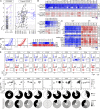
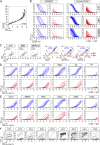
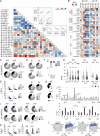


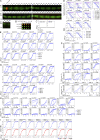
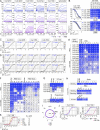

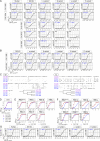


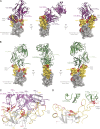
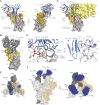


References
-
- Barnes, C.O., West A.P., Huey-Tubman K.E., Hoffmann M.A.G., Sharaf N.G., Hoffman P.R., Koranda N., Gristick H.B., Gaebler C., Muecksch F., et al. 2020a. Structures of human antibodies bound to SARS-CoV-2 spike reveal common epitopes and Recurrent features of antibodies. Cell. 182:828–842.e16. 10.1016/j.cell.2020.06.025 - DOI - PMC - PubMed
Publication types
MeSH terms
Substances
Supplementary concepts
Grants and funding
LinkOut - more resources
Full Text Sources
Other Literature Sources
Medical
Molecular Biology Databases
Miscellaneous

